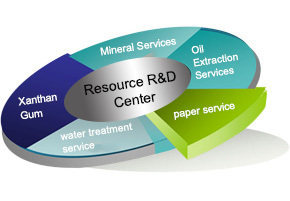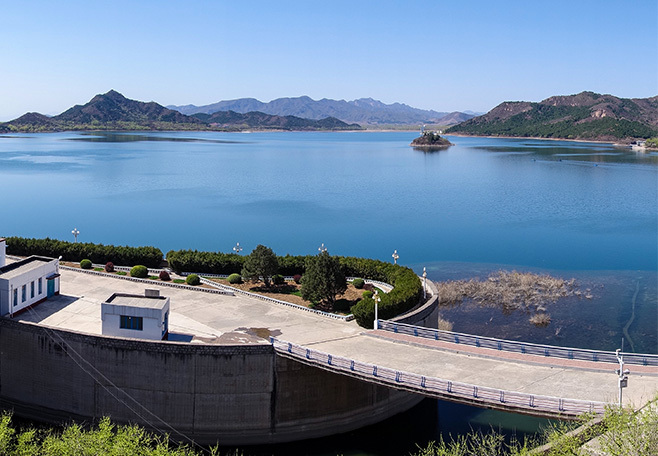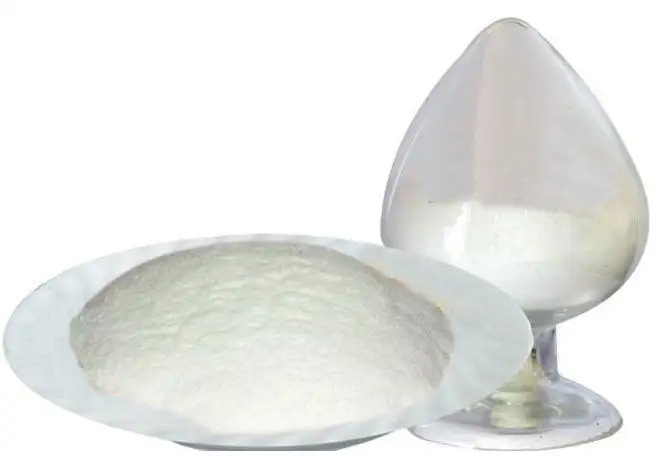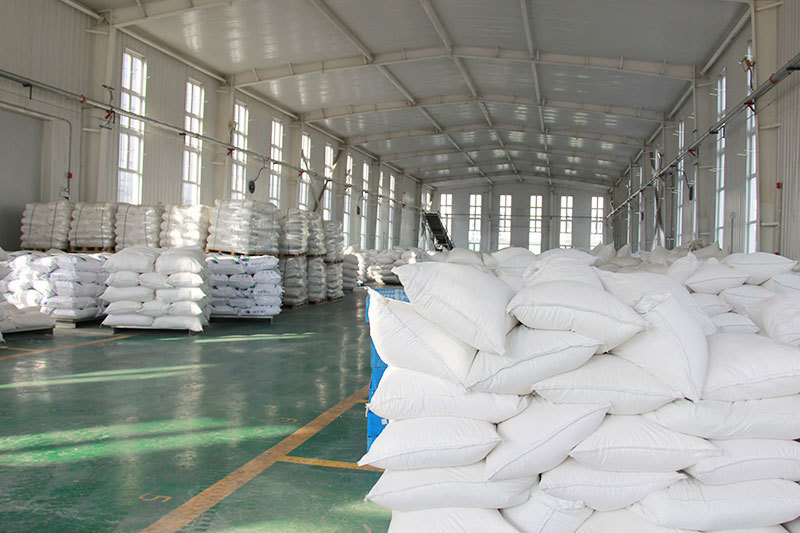Unlocking the Secrets of Cationic Polyacrylamide: A Comprehensive Guide
Release Time:
Jul 28,2025
Discover the wonders of cationic polyacrylamide and its applications in various industries. Learn more in this engaging article!
What is Cationic Polyacrylamide?
Cationic polyacrylamide (or CPAM, as the cool kids call it) is a synthetic polymer that’s been making waves in various industries. Known for its ability to flocculate and coagulate, this compound plays a pivotal role in water treatment, papermaking, and even agriculture. But how did it come to be, and why is it so important?
A Brief History
Originally developed in the 1960s, cationic polyacrylamide was introduced as a solution to improve water clarity in industrial processes. Fast forward to today, and it’s now a staple in multiple sectors, thanks to its versatility and effectiveness. Who knew a simple polymer could have such a massive impact?
Key Characteristics
So, what makes cationic polyacrylamide the star of the show? Here are some of its standout features:
- High Molecular Weight: This gives CPAM its impressive efficiency in binding particles together.
- Cationic Nature: Its positive charge allows it to attract negatively charged particles, making it a flocculation superstar.
- Versatile Applications: From wastewater treatment to enhancing soil properties, CPAM does it all!
Applications Galore!
Alright, let’s dive deeper into where you might encounter cationic polyacrylamide in action.
1. Water Treatment
In the realm of water treatment, CPAM is a game-changer. It’s used to remove suspended solids, organic matter, and even pathogens from wastewater. This not only helps in achieving cleaner water but also aids in meeting environmental regulations. Talk about a win-win!
2. Papermaking
Believe it or not, cationic polyacrylamide is a crucial player in the papermaking industry. By improving the retention of fillers and fibers, CPAM enhances the quality of paper products. Next time you pick up a sheet of paper, remember the unsung hero behind its production!
3. Agriculture
Farmers have also embraced CPAM for its ability to improve soil structure and water retention. By binding soil particles, it helps prevent erosion and enhances the soil's ability to retain moisture. It’s like giving Mother Nature a helping hand!
Environmental Considerations
Now, hold on a second. While cationic polyacrylamide has its benefits, it’s essential to consider its environmental impact. The good news? CPAM is generally considered safe when used correctly. However, improper disposal can lead to concerns, especially in aquatic environments. As with any chemical, moderation and proper management are key!
Future Trends
Looking ahead, the demand for cationic polyacrylamide is likely to grow, especially as industries seek more efficient and eco-friendly solutions. Innovations in biodegradable forms of CPAM could pave the way for even more sustainable applications. Isn’t that exciting?
In Conclusion
Whether you’re in manufacturing, agriculture, or just curious about the science behind everyday products, cationic polyacrylamide is a fascinating topic worth exploring. Its versatility and effectiveness are just the tip of the iceberg. Who knows? You might just find yourself incorporating CPAM into your own projects!
So there you have it—a whirlwind tour of cationic polyacrylamide. Next time you hear the term, you’ll be well-equipped to discuss its myriad applications and significance in today’s world!
Key words:
What Else Might You Learn?












